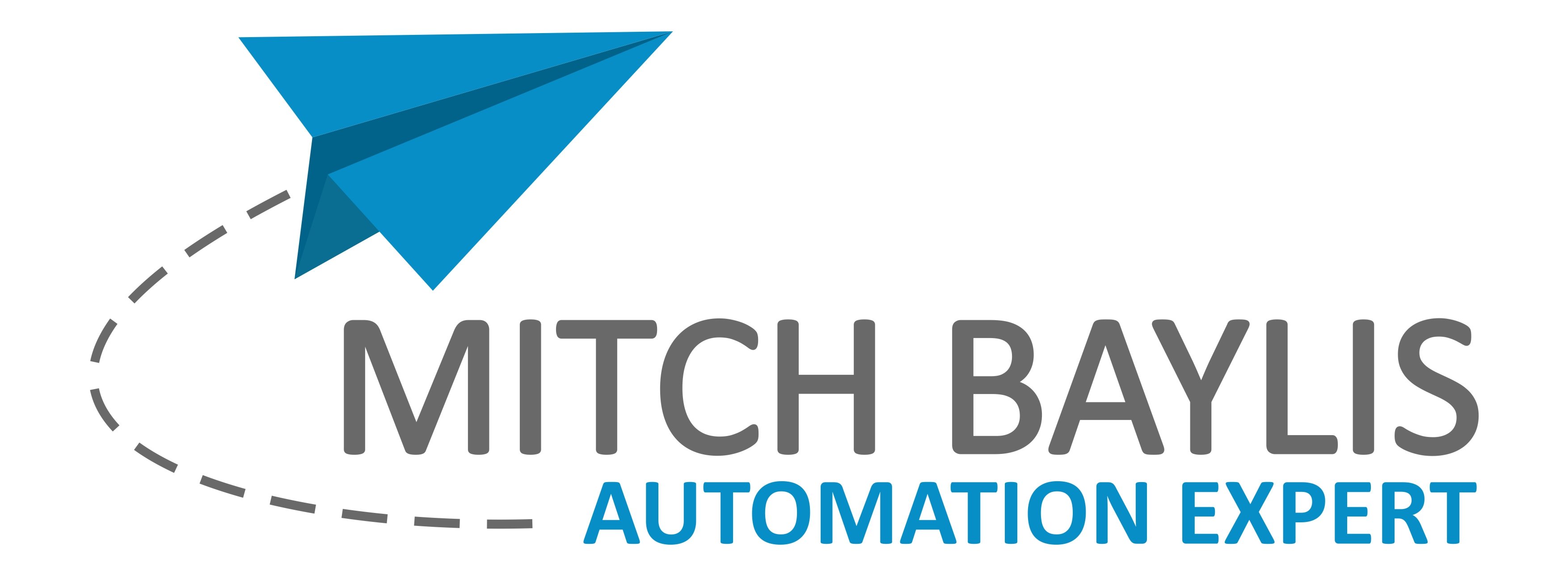Welcome to our deep dive into the wonders of the Make.com router module! 🌟 If you’re looking to elevate your business automation game, understanding this powerful tool is crucial. Let’s explore how it works and why it’s essential for streamlining your workflows.
The Make.com router module is a game-changer in automation. It allows you to direct data through multiple paths based on specified conditions. This flexibility ensures that every piece of data is handled precisely as needed. Let’s break down how this works in practice.
Understanding the Router Module 🛤️
The router module in Make.com is designed to manage data flows with precision. Imagine it as a traffic controller for your data. It decides which path the data should take based on predefined filters. Here’s how it operates:
- Data enters the scenario as a bundle, often from an external source like Acuity Scheduling.
- The router evaluates this data against its filters to determine the appropriate path.
- Paths are evaluated in a clockwise order, ensuring a systematic approach.
- If a filter matches, the data follows that path. If not, it moves to the next path.
Practical Example: Managing Contacts in Airtable 📇
Consider a scenario where you’re managing contacts in Airtable. You want to ensure that new data from Acuity is handled correctly, avoiding duplicates and updating existing records as necessary. Here’s a step-by-step breakdown:
- Data from Acuity enters the scenario as a bundle.
- The first router checks if the contact ID exists in Airtable.
- If the ID exists, the contact is updated. If not, a new contact and company are created.
- The router sets the contact ID regardless of whether it’s creating or updating the contact.
- The data then follows subsequent paths based on additional filters.
Importance of Sequence and Alignment 🧩
Getting the sequence right is crucial for the router’s functionality. Misaligned paths can lead to confusion and errors. Always use the auto-align feature to ensure clarity and proper sequence. This alignment makes your scenario easier to understand and manage.
Fallback Routes: Safety Nets for Your Data 🛡️
Fallback routes act as safety nets. If none of the primary filters match, the data follows the fallback route. This ensures that no data is left unprocessed. Use fallback routes judiciously to handle unexpected scenarios smoothly.
Maximizing Router Efficiency 🔧
Using multiple routers can enhance efficiency. By breaking down complex filters into simpler, more manageable routers, you can troubleshoot and manage errors more effectively. This modular approach makes it easier to pinpoint issues and streamline your automation processes.
Make.com vs. Zapier: The Router Advantage ⚔️
While Zapier offers paths, they are not as robust or visual as Make.com’s routers. Make.com’s routers provide a more intuitive and powerful way to manage complex data flows, giving you a distinct advantage in automation capabilities.
In conclusion, mastering the Make.com router module can significantly enhance your business automation. It offers flexibility, precision, and control, making it an indispensable tool for any automation expert.
Have questions or comments? We’d love to hear your thoughts on using routers in Make.com. Drop your comments below or reach out to us for more insights!
Happy automating! 🤖
Recent Posts
Zapier vs. Make.com: Which Business Automation Tool is Right for You?
Hey there, automation enthusiasts! 🚀 Today, we’re diving into a face-off between two business automation giants: …
Why I Switched from Calendly to Acuity: A Comprehensive Guide to Better Business Automation
🚀 In the ever-evolving landscape of business automation, choosing the right tools can make or break …
Master Bubble.io: Fixing Repeating Group Issues with Nested Elements
Hey there, fellow Bubble.io enthusiasts! Are you struggling with nesting elements within repeating groups? 🤔 You’re …



